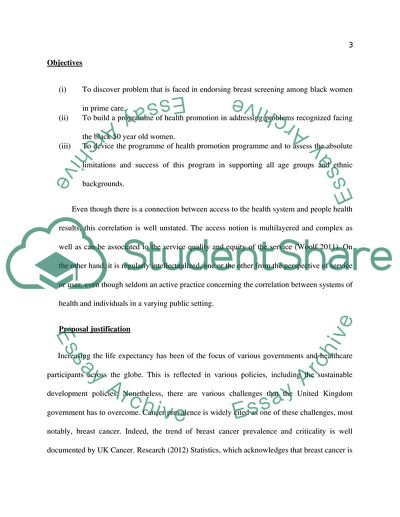Cite this document
(Breast Cancer Awareness Research Paper Example | Topics and Well Written Essays - 3500 words - 1, n.d.)
Breast Cancer Awareness Research Paper Example | Topics and Well Written Essays - 3500 words - 1. Retrieved from https://studentshare.org/health-sciences-medicine/1871701-proposal-for-a-health-education-programme
Breast Cancer Awareness Research Paper Example | Topics and Well Written Essays - 3500 words - 1. Retrieved from https://studentshare.org/health-sciences-medicine/1871701-proposal-for-a-health-education-programme
(Breast Cancer Awareness Research Paper Example | Topics and Well Written Essays - 3500 Words - 1)
Breast Cancer Awareness Research Paper Example | Topics and Well Written Essays - 3500 Words - 1. https://studentshare.org/health-sciences-medicine/1871701-proposal-for-a-health-education-programme.
Breast Cancer Awareness Research Paper Example | Topics and Well Written Essays - 3500 Words - 1. https://studentshare.org/health-sciences-medicine/1871701-proposal-for-a-health-education-programme.
“Breast Cancer Awareness Research Paper Example | Topics and Well Written Essays - 3500 Words - 1”, n.d. https://studentshare.org/health-sciences-medicine/1871701-proposal-for-a-health-education-programme.


